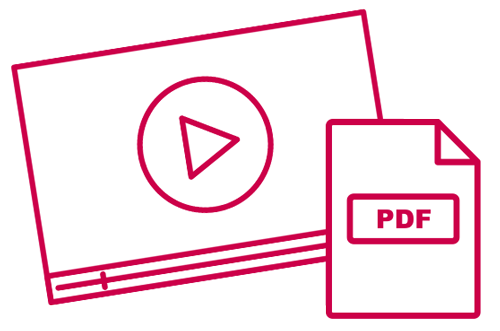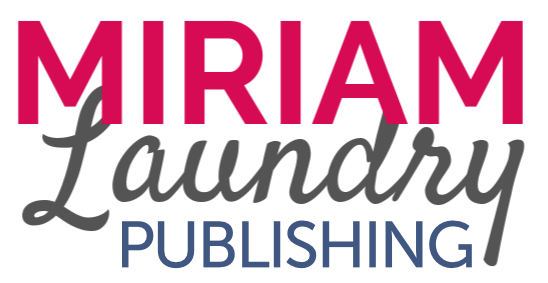Most times, when new writers picture themselves at the peak of their author careers, they imagine themselves living in their dream home with a traditional publishing deal signed and secured. Of course, this dream is possible, and no matter how you publish you CAN end up in your dream home. But before you marry yourself to a big-name publishing company, you should know these pros and cons of traditional publishing for children’s books.
Pros and Cons of Traditional Publishing for Children’s Books
Pros
Cons
Pros of Traditional Publishing
Traditional publishing is a great option for many writers, but for others, there are better-suited options out there. Here are all the best bits of traditional publishing.
The High Status
Publishing a book is an impressive feat. No matter how you publish your children’s book, and regardless of the pros and cons of traditional publishing, you will impress your friends and family when your name is in print.
But I will say, something about landing a traditional publishing deal can be even more impressive to your peers.
Why? It’s likely because getting a big-name publishing company to take on your book is very difficult. Even the world’s most successful writers (like J.K. Rowling) got turned down at first. Of course, Rowling went on to become one of the best-selling authors of all time.
If you can defeat the odds and traditionally publish, you’ll experience all the benefits of a high-status success story.
Wider Distribution Opportunities
Another upside to traditional publishing is that big companies can get international distribution much faster and easier than independent authors.
If you want to see your book loved by readers in countries all over the world and get your name in all kinds of bookstores (small bookstores, big bookstores, chains, superstores, etc.) then traditional publishing will serve you well.
That’s not to say you can’t get your book in bookstores if you self-publish, but it might be slower or more difficult than if you had a traditional publishing house behind you.
Out of these pros and cons of traditional publishing, this one can be quite convincing. But you’ll want to make sure you have the whole picture before making your final decision.
No Upfront Cost
This is one of the most appealing out of the pros and cons of traditional publishing: you don’t have to front any cost.
Unlike self-publishing, which requires you to cover every cost up front and assemble your own publishing team, traditional publishing has you covered. Most traditional publishing companies will already have a team of professionals hired and paid for to work on your book, meaning you don’t have to bear that weight on your own.
However, this does mean you’ll get less say on big decisions like which illustrator to hire or what your front cover will look like, which brings me to the cons of traditional publishing for children’s books.
Interested in Writing a Children's Book?

Cons of Traditional Publishing
When I tell people about the pros and cons of traditional publishing, most of them already know about the pros, but many don’t realize these cons come with it. Let’s unpack them so you can make the best decision for your story.
Loss of Ownership
Though it might sound nice to have all the costs and grunt work handled for you when you sign with a traditional publisher, there’s something you must remember: most traditional publishers will require you to sell the rights to your story.
In other words, your book will no longer be completely yours. Here’s what that could look like practically:
Want to do a LIVE school reading of your story? You’ll have to ask the publisher for permission first.
Plan on sharing images from the book on your social media accounts? You’ll need written permission from the publisher.
Made a plan to get your book into the local, family-owned bookstores? You must get a hold of your publisher to get a thumbs up first.
Losing the ownership of your book means you’ll need to ask your publisher for permission most of the time. And take it from me and my experience with I CAN Believe in Myself, that back and forth can slow down your marketing efforts.
Of course, some writers don’t mind this and find that it’s worth the seamless publishing process. You’ll have to decide which you value more and consider that as you make your choice.
No More Say
Another side effect of having the traditional publishing company front all the costs and grunt work for your book is that you lose most of your creative liberties outside of writing. You will no longer be able to decide…
What style of illustrations your book will have
How the front cover looks
Where the text and pictures will go
When your book launches
The paper and cover materials
And so on. Instead, those decisions are all up to the publisher. Yes, there are pros and cons of traditional publishing, but this con is a big deal-breaker for many writers.
You’re Still Marketing
One job the traditional publisher doesn’t take on in full is marketing. Even if you land a traditional publishing deal and sign a big contract, you’ll still have to market your book and create buzz around the story.
I know that many writers don’t like putting themselves out there, and they think traditional publishing is their golden ticket out of it. Unfortunately, this is far from the truth.
Instead, you can expect a lot of effort on your part in addition to book signings, book tours, and other book-related events.
Now let’s move on to the final con of these pros and cons of traditional publishing.
It’s Difficult to Achieve
This one can be a tough pill to swallow, but out of all these pros and cons of traditional publishing, it’s the thing I hear about the most: landing a traditional publishing deal is very difficult, especially for first-time authors.
Traditional Publishing is expensive for these companies and they get thousands of submissions every year. This means traditional publishers have to think very hard about which stories they take on. They have to be super picky and say no to a lot of people.
It’s not always a reflection on you or your story, it’s just that these companies only have so many resources and only so much time to dedicate to their projects.
Still, rejection letters hurt. And, some authors want to dodge the heartache completely and try their hand at self-publishing. Self-publishing is a great option, but it has its limitations, too.
To learn more about the pros and cons of self-publishing, check out THIS blog.
No publishing option is perfect, but if you know the pros and cons, making that decision could become much easier. And always remember, you CAN do it.
